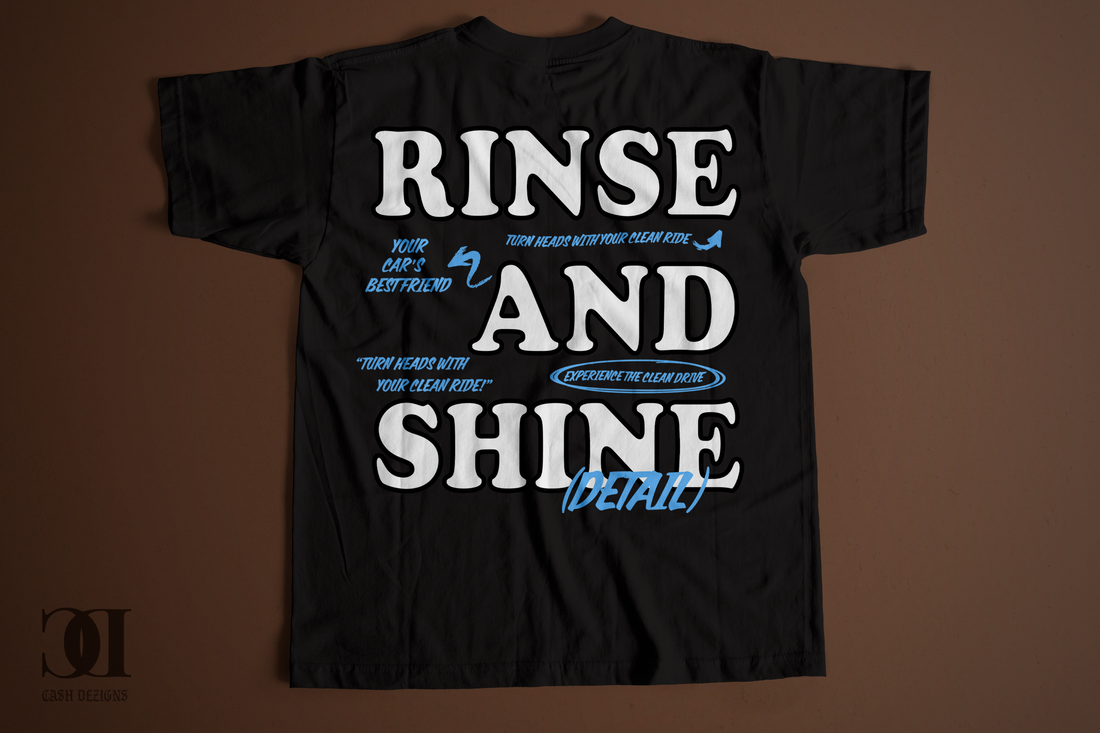
Screen Printing
Share
Screen printing, also known as silk screening, is a traditional method of printing that has been around for centuries. It involves using a mesh screen to transfer ink onto a substrate, such as fabric, paper, or plastic. This technique is commonly used for bulk orders due to its efficiency and cost-effectiveness.
How does screen printing work?
The process of screen printing begins by creating a stencil, or screen, with the desired design. This screen is then placed on top of the substrate, and ink is applied to the screen. A squeegee is used to press the ink through the mesh openings onto the substrate, creating the printed design.
Why is screen printing ideal for bulk orders?
Screen printing is ideal for bulk orders because once the screen is created, the printing process can be repeated multiple times with consistent results. This makes it a cost-effective option for large quantities of printed materials. Additionally, screen printing allows for high-quality, durable prints that can withstand multiple washes and wear.
Limitations of screen printing
While screen printing is a versatile and efficient printing method, it does have limitations. One of the main drawbacks is the number of colors that can be used in a design. Each color in a design requires a separate screen, which can increase the cost and complexity of the printing process. As a result, screen printing is best suited for designs with fewer colors or for bulk orders where the same design is repeated.
Overall, screen printing remains a popular choice for businesses and organizations looking to create custom apparel, promotional items, and other printed materials in bulk. Its efficiency, cost-effectiveness, and durability make it a reliable option for those in need of high-quality prints at scale.



